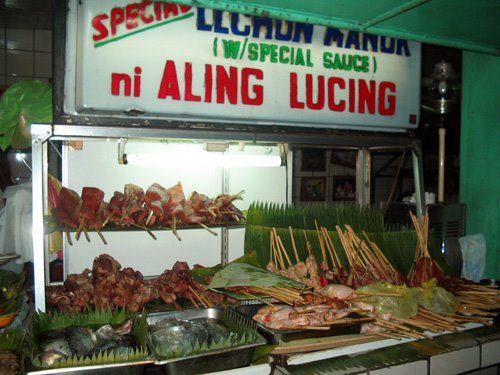Beliefs and traditions play a big role in the lives of Filipinos. For a different approach of presenting these beliefs and traditions that at times still bother our thoughts and our lives, here is an article, with responses coming from citizens of selected towns in Pampanga (Apalit, Macabebe, and Masantol), that can tickle your fancy, trigger realizations, and much more.
1. Praying for nine (9) nights for the soul of their departed loved ones.
Filipinos are truly prayerful, simply because they believe that prayer is the answer to everything. However, praying is not just for those who are alive, but also for those who have already departed. Many people believe that once a person dies, his first destination is the purgatory prior to entry to heaven, but before that happens, they would first need prayers from their relatives and friends for them to push through their journey to heaven. This is why families and friends offer 9 nights of prayers as a way of remembering their departed loved ones.
Different beliefs and traditions were presented in this article; nevertheless, there is one thing that we should remember: every person on Earth should show love wholeheartedly, whether for their loved ones here or in the afterlife.
For More Beliefs Visit: http://centralfocus.ixi.ph/2011/11/14/pa-talk-sa%E2%80%99yo-beliefs-and-traditions-of-kapampangans-during-all-saints%E2%80%99-day/










